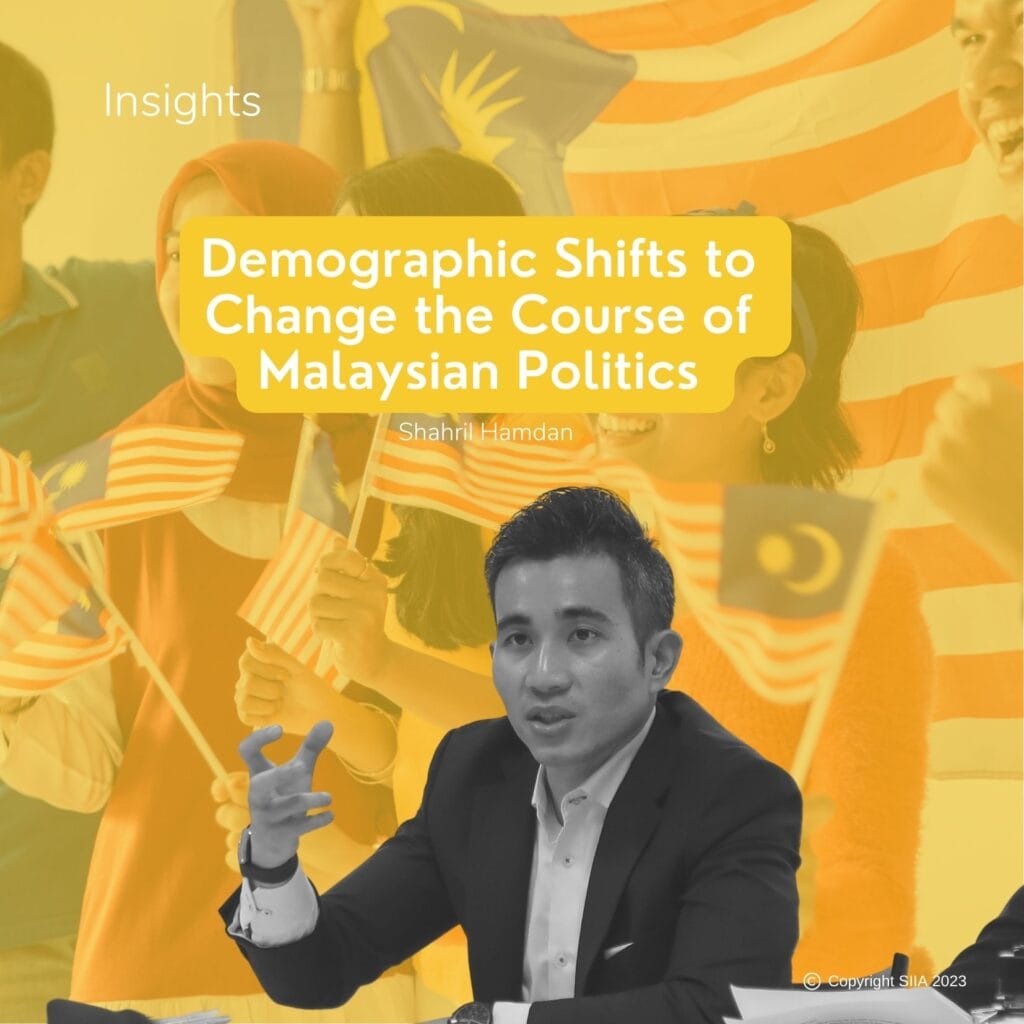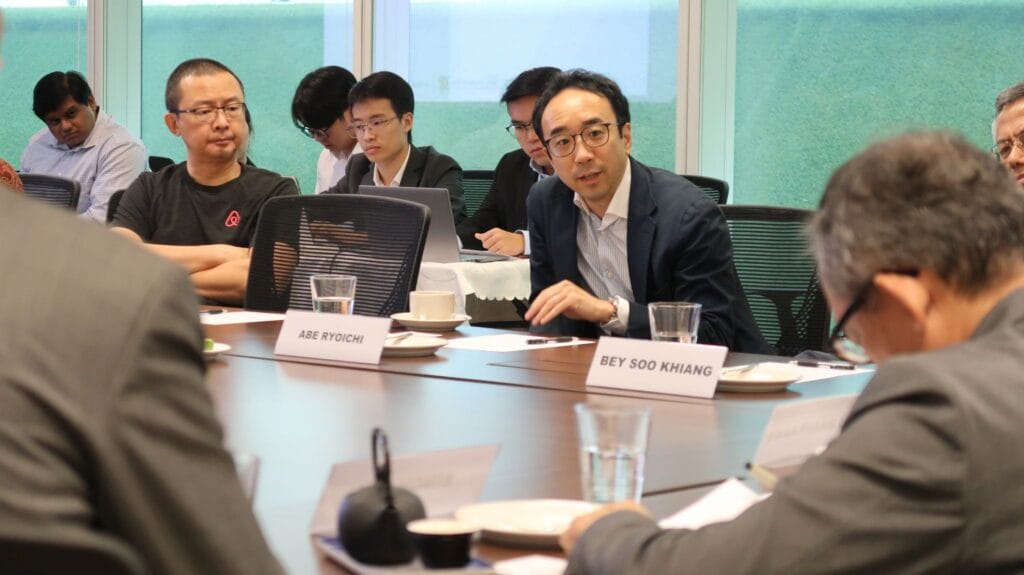The strategic concept of the Indo-Pacific emerged in late 2017. Publicised by US President Donald Trump during his visits to Asian countries in November 2017, the core goal of the strategy is to prevent unfavourable shifts of power via close cooperation with US allies and partners against potential adversaries. However, a lack of clarity concerning the operationalisation and purpose of the strategy has led to ASEAN’s hesitation to endorse or join it. Instead, Indonesia has leveraged its geostrategic position to formulate its own conception of the Indo-Pacific. We are pleased to share these brief points in summary with you, and would be grateful if you would keep our views confidential and for your internal consideration:
- One Question, Many Answers: A common definition of the Indo-Pacific among its four current members (the US, Japan, Australia and India, collectively known as the Quad) remains elusive. White papers released by the respective governments highlight security, economic and infrastructure-related elements. Yet, the US emphasis on security contrasts with Japan’s focus on improving economic connectivity and sustainable development. Australia appears to treat the Indo-Pacific as an umbrella term for their diplomatic efforts in the region, rather than a strategy with specific means and ends. While India was identified by the US as a key regional partner, its engagement with the region remains limited after failing to conclude the Regional Comprehensive Economic Partnership in 2018. The four countries have individual conceptions of the Indo-Pacific strategy, but they do not share common means, priorities, or goals. Indeed, a survey by the Institute of Southeast Asian Studies found that 61.3% of respondents think the concept is “unclear” and needs further elaboration.
- Causes for Hesitation: In particular, three main uncertainties deter ASEAN countries from joining the Indo-Pacific. First, there is the perception that the Indo-Pacific is meant to contain China. India and Australia have voiced their desires to continue their strategic partnerships with Beijing. However, the US has been outspoken about competing with China “where [their] interests diverge”, sparking concerns about an escalating rivalry. Second, there are concerns that the Indo-Pacific will be an exclusive strategy that shuns countries that do not meet certain standards of governance. In the 2017 National Security Strategy document, the US generally asserted that they are “under no obligation” to offer cooperate with or aid “repressive regimes and human rights abusers” as part of their diplomatic efforts. Third, ASEAN’s role in the initiative remains unclear. The Quad’s members have stressed the importance of ASEAN centrality to the Indo-Pacific in official settings. However, there have been no explanations as to how this cooperation will play out beyond vague promises of inclusion.
- Why Indonesia?: Indonesia has been enthusiastic about promoting its own conception of the Indo-Pacific as it supports the country’s strategic vision and ambitions. President Joko Widodo first outlined his hope for Indonesia to be a Global Maritime Fulcrum in 2014. The policy envisions Indonesia improving its naval capabilities, promoting maritime trade and connectivity, and safeguarding maritime resources at the confluence of the Indian and Pacific Oceans. However, Indonesia’s messy maritime security governance limited the efficiency of its naval power. The Indo-Pacific strategy therefore presents a helpful opportunity to rebrand and energise Indonesia’s maritime ambitions. Successful efforts to facilitate a common ASEAN position would also reinforce the importance of ASEAN centrality in regional geopolitics, and boost Indonesia’s prestige as a regional leader.
- Indonesia’s Ideas: Unveiled in 2018, Indonesia’s conception of the ASEAN Indo-Pacific utilises existing mechanisms such as the East Asia Summit (EAS). Furthermore, the ASEAN Indo-Pacific addressed the major points of uncertainty that afflict the original concept. The “open and inclusive” nature of Indonesia’s version accounts for the fears that the strategy will discriminate by the governance style of other countries, and that it seeks to contain China. The utilisation of the East Asia Summit as a platform for engagement between regional powers would also promote ASEAN’s norms of conversation and dialogue while upholding international law. ASEAN centrality would therefore be reinforced.
- Reception from ASEAN: The broad strokes of Indonesia’s ASEAN Indo-Pacific have been accepted. Indonesian Foreign Minister Retno Marsudi reported that most of the 18 countries at the EAS in August 2018 had expressed their support towards ASEAN’s centrality. However, while Indonesia has created a decision paper to use as a basis for discussion, the specifics of the strategy remain challenging to define among the various ASEAN states. One of the reasons is a lack of overall political will. Kavi Chongkittavorn, Senior Fellow at the Thai Institute of Security and International Studies, has reported that Vietnam, Thailand, Singapore and Malaysia have been supportive of reaching a common position on the ASEAN Indo-Pacific framework. However, he also said that the Philippines and Cambodia have been the most reluctant to discuss the framework, while Laos, Brunei and Myanmar have been “silent”.
At the recent ASEAN Ministerial Meeting in January, the Foreign Ministers failed to reach a consensus on a common approach to the Indo-Pacific strategy. It was reported that the topic was only discussed briefly. Another meeting between senior officials on the Indo-Pacific strategy is expected to occur in March.




